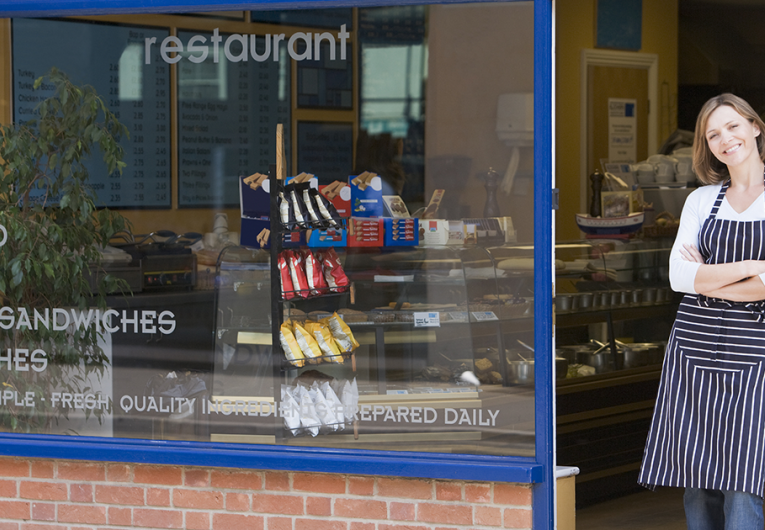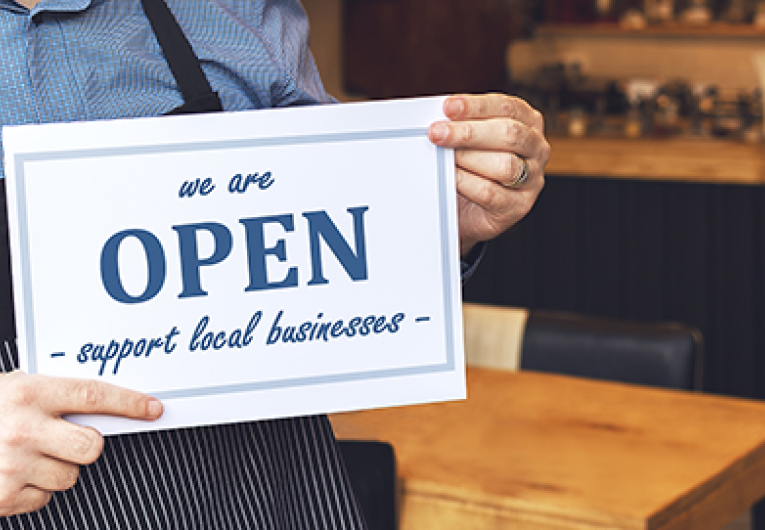
A word from your sponsorship?
Sponsoring an event or team is a great way to introduce your business to a whole new audience of potential new customers. But while it may be exciting to see your logo on the centerfield wall during your city-league baseball championship, knowing whether your sponsorship will pay off for your business is key.
Here’s an eight-step process for evaluating sponsorships and making the most of the leads it generates.
1. Consider the brand impact.
Attaching your name to anything will have an impact on how your brand and business is perceived. Think carefully about who you align yourself with and choose sponsorships that reinforce or complement your brand.
2. Choose sponsorships based on who your business wants to reach.
Resist the urge to sponsor something simply because you like it. Make sure the sponsorship reaches people you want to target. If you’re a fan of racing, putting your logo on a car makes sense only if race fans might buy your product.
3. Make sure what you get for being a sponsor helps you reach your goals.
Will the sponsorship get your logo in front of thousands of potential customers? Or give you access to key decision makers you want to do business with? Find out exactly what you get, and let your business objectives drive your decision making.
4. Put some numbers on it (or at least some ballpark figures).
While it’s impossible to quantify the full extent of a sponsorship’s value, you can ask for figures, such as the number of people expected to attend the event or the value of a print ad in an event program. This will give you some perspective when weighing the cost commitment.
A template list of typical sponsorship packages, costs and what they include can be found at PRHelper.com
Once you’ve evaluated and agreed to a sponsorship, don’t stop there. There are a variety of ways to “activate” the sponsorship to get leads and turn them into sales.
5. Make the most of what you get.
If your sponsorship provides a booth or tent at the event, man it with your best salespeople who can get names and e-mail addresses from attendees. If it’s a program ad, don’t just run your company logo – include a coupon that solicits contact information in exchange for your best offer.
6. Move quickly.
If your sponsorship nets you a list of potential contacts, don’t set it aside until you have time to follow up. Strike while the iron is hot, targeting leads with special offers, invitations to sales events – whatever moves the needle. If the event you’re sponsoring is on social media, engage in the conversation from the get-go.
7. Be persistent and adjust.
Don’t give up on sponsorship-generated leads – you’re still getting to know and understand this new audience, and vice versa. Not everyone is ready to buy right away, and staying in touch lets prospects know you’ll be there when they’re ready. Try different tactics and offers to learn what works best.
8. Build an ongoing relationship with your sponsorship partner.
If your sponsorship is a success, consider repeating it, and work with your partner to find new ways everyone can benefit. A sponsorship is a relationship. As with any relationship it can yield incredible dividends based on synergy and familiarity.
To see how sponsors are using social media to turn leads into customers, read the IEG Sponsorship Report piece on Best Practices: Sponsorship Activation.
The trends, insights, and solutions you need to grow your business.
By signing up, you’re subscribing to our monthly email newsletter, The
Wire. You may unsubscribe at any time.
Your information stays safe with us. Learn more about our privacy
policy.











![[#MSP_NAME#] Logo](/themes/sparklight_business/images/transition-logos/migration-banner-logo-[#MSP_CD#].png)
